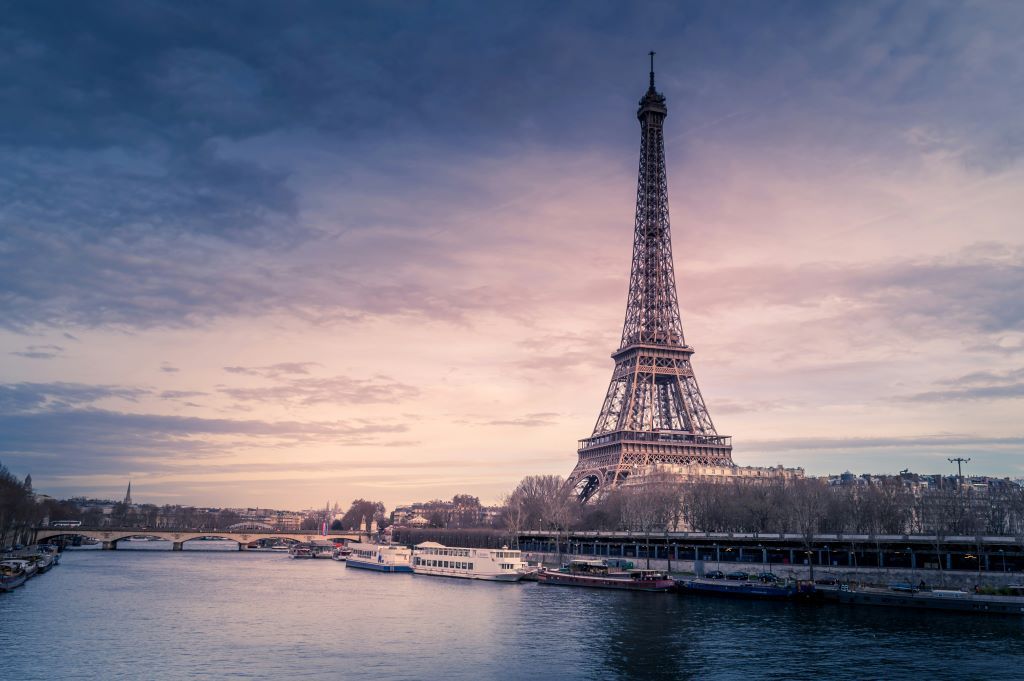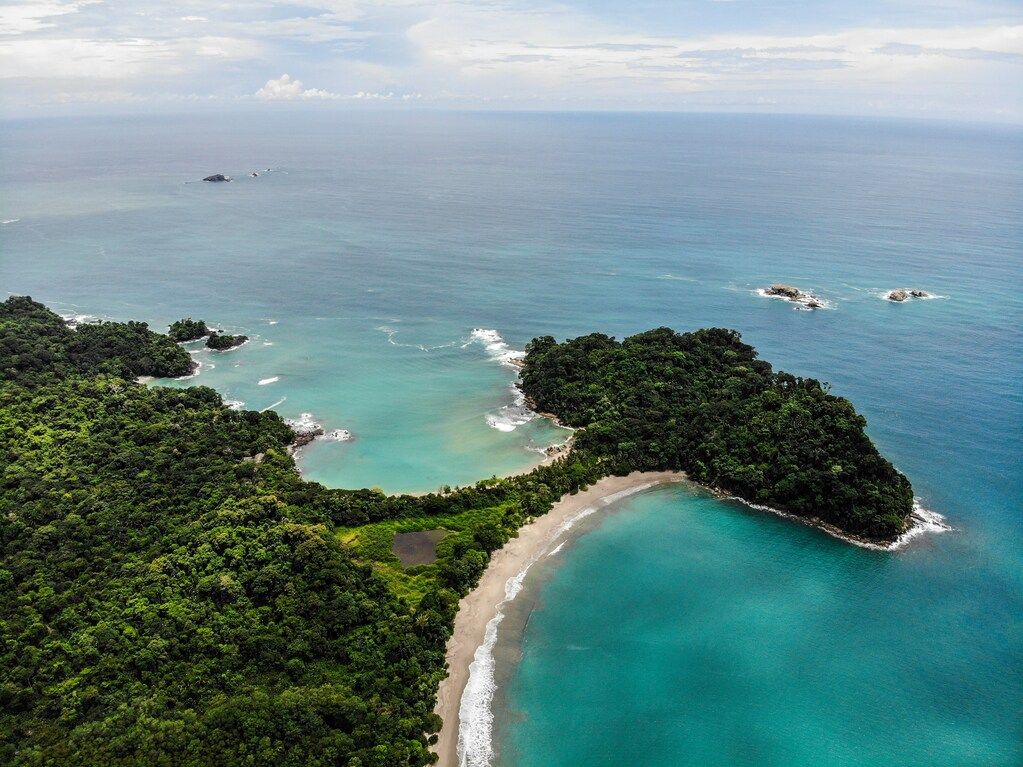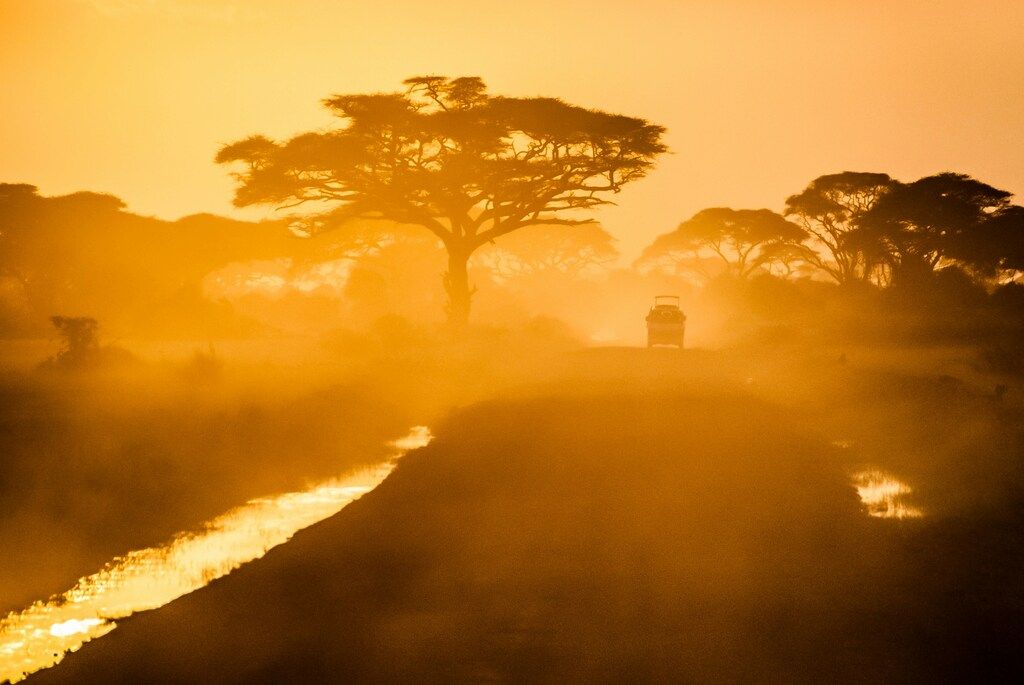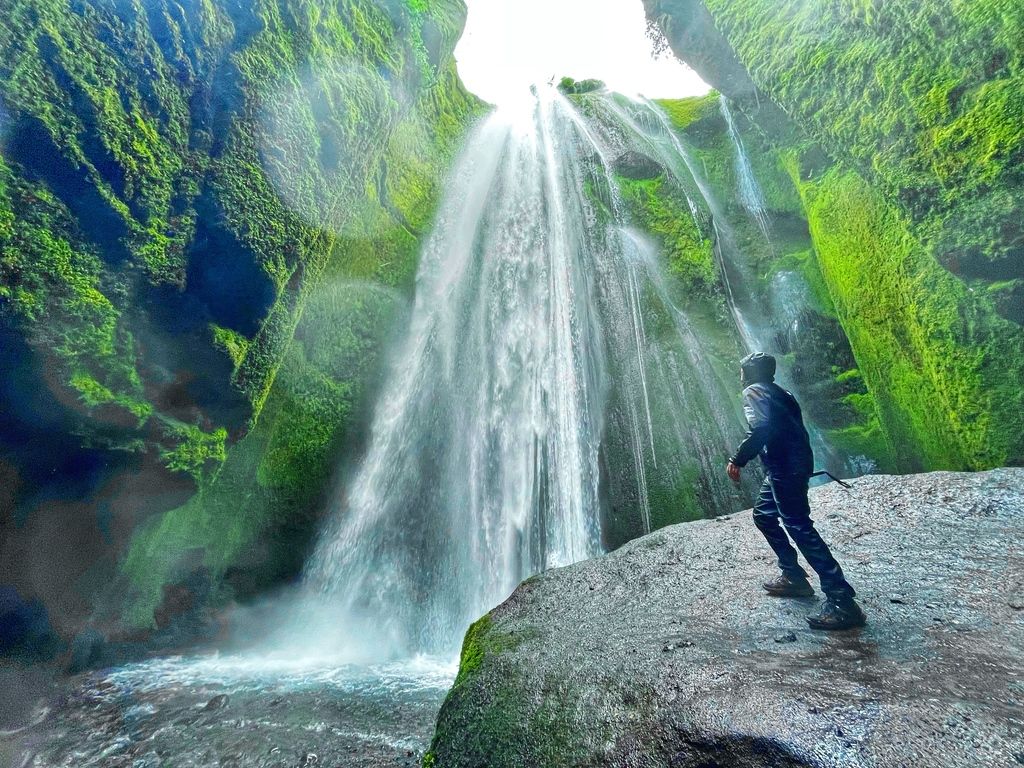

Iceland is a bucket list destination for your holiday, but it’s not somewhere you should go on a whim. The breathtaking country has incredible natural wonders and stunning landscapes, ideal for short and long trips. Iceland’s weather fluctuates as often as its volcanic landscape. Its far north ocean location also influences the temperatures throughout the year. When choosing the best time to go to Iceland, keep in mind the attractions and activities you want to participate in. Are you planning an excursion to Iceland for your family? We’ve broken down the weather to help you choose the best time to visit Iceland.
Summers in Iceland
Wondering when is the best time to visit Iceland? While Iceland’s temperatures can be extreme in some months, the best time to explore the stunning country depends on your preference. For instance, summers are magical, with long days perfect for day trips. With the perfect weather for fun outdoor activities, visitors descend en masse to enjoy the festivals. While you will miss skiing, the Northern Lights and all the fun associated with winter, you will be rewarded with stunning landscapes. Summer is the best time to visit Iceland and is popular with visitors because of the mild temperature. You can take advantage of the longer daylight hours to enjoy more sightseeing adventures. If you want to explore the great outdoors, drive through the Ring Road for a perfect summer holiday. Visit the Golden Circle and spend the day at the Gullfoss waterfall or the Geysir geothermal area. After a long day at the Golden Circle, you can relax in the green spaces at Pingvellir National Park.
Winters in Iceland
If you are a skiing enthusiast, winter is the perfect time to go to Iceland. The country is photogenic in early winter, but the temperatures can be brutal, with many road closures making access to some attractions impossible. Despite the chilly weather, you will be rewarded with the Northern Lights and other arctic adventures. Winters have long nights and darkness of the northern parallel, but the enchanting natural phenomena and winter landscapes make the trip well worth it. If you are planning a driving tour in Iceland in winter, prepare for icy roads, snowstorms and little daylight. Aside from hunting the Northern Lights, you can experience adrenaline-pumping activities, like cat skiing or skiing down to the ocean in Northeastern Iceland ski resorts. Explore ice caves and glaciers to behold the beautiful blue colours and learn about the formation of glaciers.
The best times to visit Iceland for your favourite excursions
The Iceland climate allows you to enjoy excursions all year round, and there is something interesting for every type of weather. Here are some of Iceland’s top attractions and activities and the best times to visit Iceland to enjoy the excursions.
Best time to visit Reykjavik
Regardless of the time of the year, Reykjavik is a colourful city buzzing with numerous activities. From New Year’s Eve celebrations to world-renowned attractions, Iceland’s capital is always fun. The ideal time to visit the city depends on the excursions you are interested in. For instance, museums like Perlan are open throughout the year, and you can enjoy geothermal heated swimming pools that are also visited all year. To experience the culture, visit in August, while the Secret Solstice event takes place in June. Want to experience the festive spirit of Iceland? Then December is a great time to visit Reykjavik. You’ll enjoy bonfire fireworks and celebrate Christmas and New Year in style.
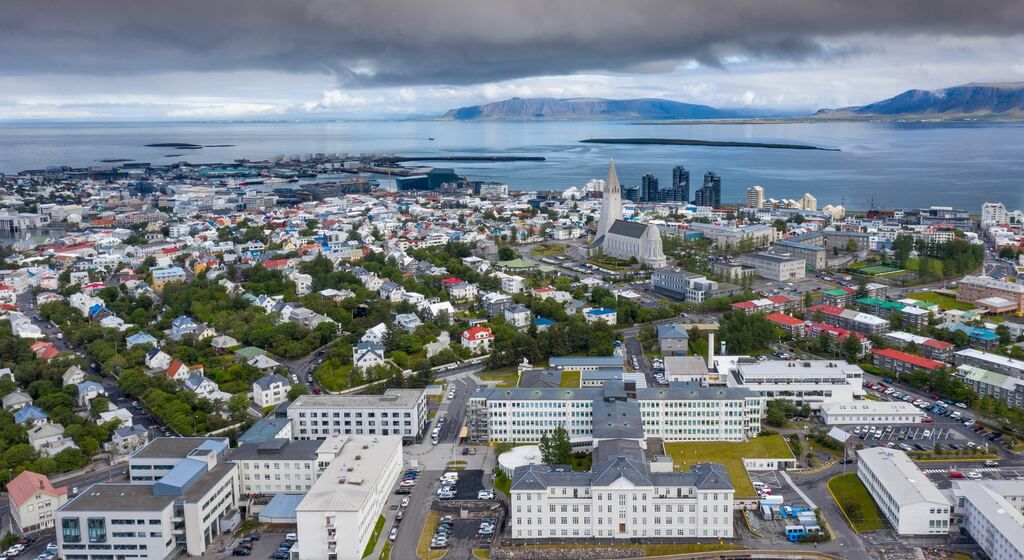
Best time to see the Northern Lights
Are you interested in visiting Aurora Borealis? The Northern Lights are one of the world’s most wonderful natural phenomena, attracting visitors from all over the world. If you want to experience Aurora Borealis, the best time to visit is mid-September to April. The long nights and darkness make it easier to spot them, but there is no guarantee of seeing them since they are naturally occurring. Sighting Aurora Borealis depends on Northern Lights activities and weather conditions. You will likely spot the Northern Lights when the skies are clear and dark. If you want to watch the midnight sun, visit Iceland in the height of summer between May and July.
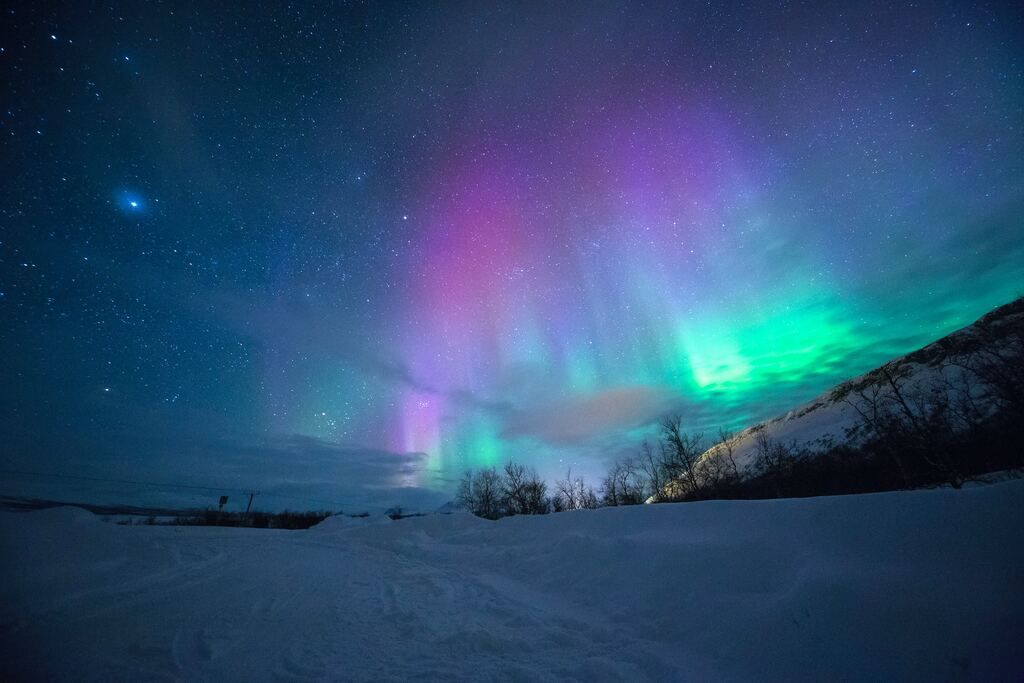
Best time to go to Iceland for whale watching
Whether you are out in the country or in Reykjavik, whale-watching is a great way to spend your day in Iceland. Spotting these gentle giants is essential to any Iceland trip. Watch the whales splash under the Northern Lights or illuminated by the midnight sun. Iceland’s climate provides a mixture of warm and cold sea currents, ideal for fish and krill. This makes it a feeding ground for various whale species. During winter, it is difficult to spot any wildlife due to the harsh climate. Between April and October, go on a whale-watching tour to catch a glimpse of migrating whales passing by the Icelandic coastline.

Best time to visit Iceland for hiking
Hiking in Iceland is an exciting adventure with beautiful mountains and stunning trails. However, enjoying the unforgettable experience depends on the weather. Some trails are inaccessible in winter due to snow that covers the roads. If you are a hiking enthusiast, the best months to visit Iceland are between May and September. Iceland’s summer temperature is ideal for hiking the mountains and glaciers to enjoy spectacular views of the surrounding landscapes. Take advantage of the long daylight hours to explore the trails and experience Iceland’s natural beauty. While you can hike in the highlands during winter, sometimes the road is closed in extremely cold temperatures. Besides, the hiking trails up the mountains usually have snow until late spring. The perfect time for outdoor adventures is mid-summer when the landscapes are green and lush. The highlands are transformed into a fairy tale attraction with lava fields, river banks and hills.
Best time to visit Iceland for bird-watching
If you love bird-watching, you will be spoiled for choice in Iceland. While you can enjoy bird-watching throughout the year, some bird species are migratory and spend only a few months in Iceland. The best time to bird-watch is between April and June, which is when most bird species are in Iceland. The long daylight hours give you plenty of time to discover the various bird species. In Iceland, birdwatchers usually seek out rare birds. Puffins can be spotted from May to August. You can spot the rare Harlequin duck in the sea during the winter, and you can find them in the Olfusa River throughout spring. Barrow’s goldeneye and Gyrfalcon often head for Lake Myvatn during the breeding season in March or on the south coast during winter.
What is the best month to visit Iceland?
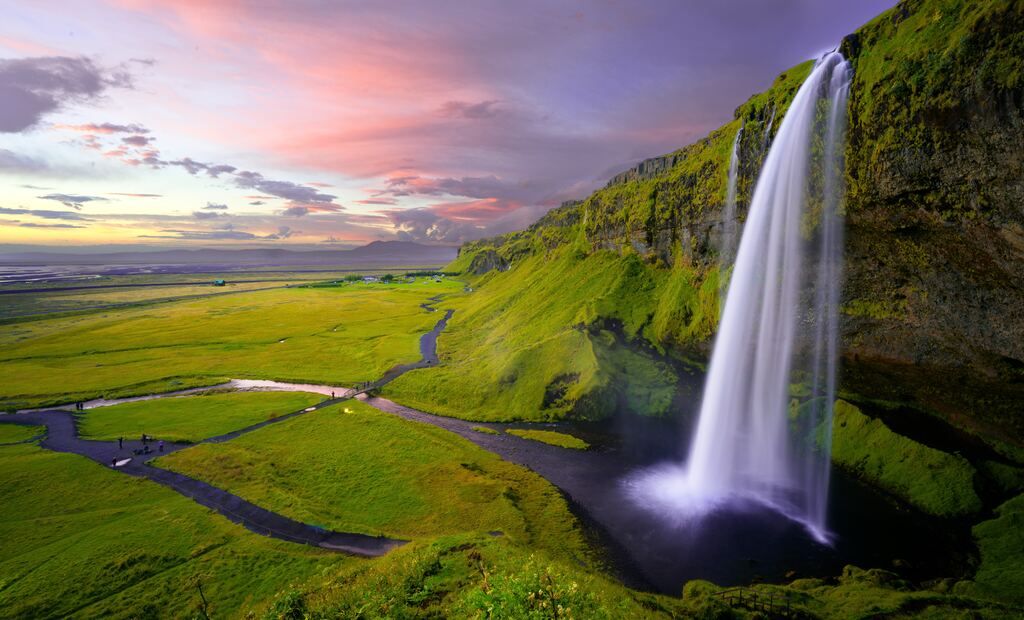
Iceland has diverse weather, so planning your visit for the best experience is important. Discover the Iceland weather by month and the best attractions and excursions on your holiday.
January
While the cold weather may limit your activities, the temperatures are bearable with little sunlight. The mid-winter weather and short days make January perfect for ice cave exploration and Thorrablot mid-winter festivals. If Aurora Borealis is on your list, you will catch a glimpse of the dancing lights. January is also the perfect time to savour the country’s cuisine, so join the locals on a historical Icelandic food tour. The traditional hangikjot (flavoured smoked lamb) is to die for, and you can wash it down with Brennan (a local distilled beverage).
February
The daylight hours increase in February from 7 to 10 hours, and you can explore the incredible scenery since most attractions are open. February is the best time to visit Iceland for exciting food and cultural events. The Food & Fun and Winter Lights festivals at Reykjavik add some warmth to the cold weather. If you want to brave the outdoors, visit Iceland’s skiing resorts. Remember to hunt down the Northern Lights when the skies are clear.
March
While the average temperature remains cold in March, the sunlight hours are longer, perfect for outdoor activities. Depending on the elevation, you still have to contend with precipitation, which could be snow or rain. If you haven’t had a fill of winter sports, March is the last month for skiing and snowmobiling since the snow tapers off by the month’s end. Whether you want to hike mountainous terrains or snowmobile, get your gear and enjoy the snow in Iceland.
April
Iceland begins to heat up at the start of the spring season. With the daylight hours increasing, you will have plenty of time for road trips and outdoor activities like visiting the Golden Circle. This is the perfect month to visit if you want to enjoy your holiday with smaller crowds. Birdwatchers enjoy the breathtaking return of local bird species in April, including the world-renowned golden plovers and puffins. With clear skies, April is the end of the season to see the Northern Lights, but it may not be as spectacular as during winter.
May
May has long stretches of daylight of up to 18 hours, marking the end of Iceland’s cold temperatures. The long days give you enough time to pack some outdoor adventures, and you can visit popular attractions with minimal crowds. Why not go scuba diving or snorkelling in Iceland’s beautiful waters? Would you prefer to hike across a glacier or experience a horseback ride in the countryside? Then May is the best time to visit Iceland for nature adventures and lava cave tours.
June
The month of the midnight sun is here! With summer comes longer days — in the Northern Hemisphere, the days can be as long as 22 hours. Since it’s the peak travel season, expect higher prices and crowds at popular attractions. The best part of visiting in June is the diverse range of things to do. Whether you want to enjoy the natural wonders of the Icelandic countryside or experience the culture, music and festivals, June has something for everyone. Did you bring a sleeping mask? If the midnight sun is on your bucket list, you’re in for a treat.
July
A combination of pleasant weather, long days, and a lovely atmosphere is the perfect recipe for fun! While July is the busiest tourist month in Iceland, you can hunt down hidden gems and enjoy the vibrant scenery. If you love hiking, you’ll find the most beautiful and serene trails in Iceland. Remember to explore the majestic Skogafoss waterfalls on the South Coast and capture Instagram-worthy photos. Book your trip before the local schools take a break if you plan to visit in July.
August
As the daylight hours shorten to 16 hours, summer winds down, but you still have enough time to explore the landmarks in Iceland. August camping holidays are adventurous, and you can discover rugged terrains and jaw-dropping volcanoes. Enjoy the Icelandic wild, and discover the hidden waterfalls and hot springs.
September
The season of the Northern Lights starts to ramp up, and the daylight hours reduce in September. Though you have fewer days of sunshine, you can still visit the top landmarks. The mild weather means fewer crowds, and by the end of September, some roads are closed for winter. September in Iceland is the perfect time to explore and savour the attractions before winter settles.
October
Iceland temperatures begin to drop, and the leaves fall off as the colder months set in. The vibrant autumn colours and berry-picking season makes October magical in Iceland. Keep an eye out for the Northern Lights when the sun goes down. With the clear skies and lack of cloud cover, you will likely see the dancing lights.
November
Temperatures drop to bone-chilling levels as winter officially begins. Despite the short days in November, you can still pack in a few fun activities, like visiting ice caves and hot springs. The scenery is also magical, with the snow blanketing the landscape. The chilly temperatures lead to the reformation of ice caves, and you can explore the stunning glaciers.
December
With only four hours of daylight, this is the perfect time to enjoy the eclectic music scene and attend the festivals. The skiing season starts mid-December if you want to ski and snowmobile. Discover picture-perfect Christmas villages and welcome the New Year in style.
What is the worst time to visit Iceland?
The worst time to visit Iceland is between June and August. While the weather is perfect during this period, the top attractions are crowded and very busy. The prices can also be high since it’s the peak tourist season. The worst time to visit Iceland for outdoor adventures is winter, when roads are closed and getting off the beaten track is impossible. Snow usually covers the mountains and landscapes, making it impossible to explore Iceland’s wilderness. Even if you can withstand the cold temperatures, the few daylight hours make it challenging to enjoy outdoor attractions. Darkness restricts even the most adventurous travellers.
Are you interested in discovering Iceland’s magical landscapes on the road? Join the Iceland 360 trip to explore the beauty of Icelandic landscapes, from endless green grasslands to volcanic lava flows. You don’t want to miss the explosive geysers or the glacier lagoons. If you want to hunt down the Northern Lights, our self-driven tour gives you the perfect opportunity to see Aurora Borealis. You’ll also enjoy snowy landscapes and ice cave tours.
FAQ: best time to visit Iceland
When is the best time to see the Northern Lights in Iceland?
The best time to witness the Northern Lights (Aurora Borealis) is during the winter months, specifically from September to April, when the nights are long and dark.
When can I experience the Midnight Sun?
The Midnight Sun, where daylight lasts for nearly 24 hours, occurs during the summer. The peak experience is in June and July.
What is the best season to visit Iceland for ice caves?
Ice caves are a winter-only attraction. The ideal time to explore them is from mid-October or November until March. They are inaccessible in the summer due to melting.
When is the ideal time for whale watching?
While whale watching tours are available year-round, the summer months offer the peak season with the highest chances of sightings and the greatest variety of species.
When is the best time to see puffins in Iceland?
The puffin season in Iceland is during the summer. You can typically see them from late April until August.
What are the main advantages of visiting Iceland in the summer (June-August)?
Summer is the most popular season for several reasons:
- Better Weather: Milder temperatures and more stable conditions.
- Long Daylight: The Midnight Sun provides endless hours for exploration.
- Full Accessibility: The Ring Road is entirely open, and the highlands (F-roads) become accessible for hiking and 4×4 adventures.
- Peak Wildlife Season: It’s the best time for watching whales and puffins.
What are the benefits of visiting Iceland in the winter (November-March)?
Winter offers unique and magical experiences:
- Northern Lights: It’s the prime season for aurora hunting.
- Ice Caves: The only time of year to explore natural blue ice caves.
- Snowy Landscapes: Breathtaking frozen waterfalls and snow-covered scenery.
- Fewer Crowds: Tourist sites are generally less crowded than in summer.
What are the shoulder seasons in Iceland and why should I visit then?
The shoulder seasons are spring (April-May) and autumn (September-October). They offer a great balance with several advantages:
- Lower Prices: Flights and accommodation are often more affordable.
- Fewer Tourists: A more peaceful experience at popular locations.
- Good Mix of Seasons: Autumn offers fall colours and the first chance for Northern Lights, while spring brings melting snow and returning wildlife.
When can I access Iceland’s highlands and F-roads?
The highland roads, known as F-roads, are rough mountain tracks that require a 4×4 vehicle. They are typically only open from late June or early July until September, depending on snowmelt and weather conditions.

